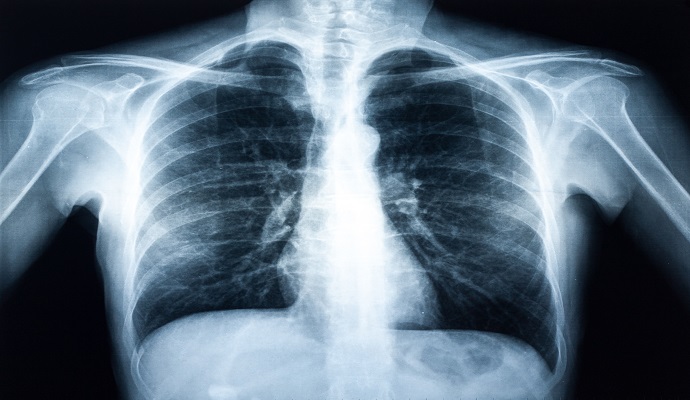ML Model Estimates Chemotherapy Success in Bone Cancer Patients
Johns Hopkins Medicine researchers have successfully developed a machine learning model to calculate percent necrosis in patients with intramedullary osteosarcoma.

Source: Getty Images
- Researchers at Johns Hopkins Medicine have developed a machine learning (ML) tool capable of estimating the percent necrosis (PN)—the percentage of a tumor that is considered “dead” and no longer active—in patients with intramedullary osteosarcoma, a type of cancer that originates in the center of the bone.
PN calculation post-chemotherapy is key to providing patients with an accurate prognosis for survival. PN is designed to quantify how much of a tumor is dead or inactive, which serves as an indicator of how successful chemotherapy treatment was.
The study, published last month in the Journal of Orthopaedic Research, indicates that a PN of 99 percent suggests that 99 percent of the tumor is dead. This means that the treatment was effective and that the patient has improved survival odds.
PN is calculated when pathologists interpret and annotate whole-slide images (WSIs), or thinly sliced sections of a specimen mounted onto slides and analyzed under a microscope. In the context of intramedullary osteosarcoma, these specimens are bone tissue samples that must be assessed by a musculoskeletal pathologist.
“Calculating the PN is a labor-intensive process that requires a lot of annotation data from the musculoskeletal pathologist,” explained Christa LiBrizzi, MD, co-first author of the study and a resident with Johns Hopkins Medicine’s Department of Orthopaedic Surgery, in a press release. “Additionally, it has low interobserver reliability, meaning that two pathologists trying to calculate a PN from the same WSIs will often report different conclusions. Due to these factors, we thought trying to calculate a PN by alternate means was a worthwhile effort.”
The researchers set out to create a “weakly supervised” ML model for this task, meaning that the tool would only require a small amount of annotation data for training. This approach would enable a musculoskeletal pathologist using the tool to provide it with partially annotated WSIs to calculate a patient's PN.
Doing so, the researchers noted, could significantly reduce the pathologist’s workload.
The team developed the model by gathering WSIs and other data from patients with intramedullary osteosarcoma who underwent surgery and chemotherapy at Johns Hopkins’ US tertiary cancer center from 2011 to 2021.
From there, the research team asked an expert musculoskeletal pathologist to partially annotate three tissue types on each WSI: active tumor, dead tumor, and non-tumor tissue. The pathologist also calculated the PN for each patient in the cohort.
This information was then leveraged to train the ML tool.
“We decided to train the model by teaching it to recognize image patterns,” said Zhenzhen Wang, co-first author of the study and a doctoral student in biomedical engineering at the Johns Hopkins University School of Medicine. “We segregated the WSIs into thousands of small patches, then divided the patches into groups based on how they were labeled by the pathologist. Finally, we fed these grouped patches into the model to train it. We thought this would give the model a more robust frame of reference than simply feeding it one large WSI and risking missing the forest for the trees.”
Following training, the tool and the musculoskeletal pathologist were both presented with six WSIs from two osteosarcoma patients for interpretation and analysis.
Overall, the researchers found an 85 percent positive correlation between the PN calculations and tissue labeling of both the musculoskeletal pathologist and the ML model. They also observed that the tool did not always properly label cartilage present in the slides, creating an outlier due to an abundance of cartilage in one of the WSIs. With this outlier removed, the positive correlation increased to 99 percent.
“If this model were to be validated and produced, it could help expediate the evaluation of chemotherapy’s effectiveness on a patient — and thus, get them a prognosis estimate sooner,” said LiBrizzi. “That would reduce health care costs, as well as labor burdens on musculoskeletal pathologists.”
In the future, the research team hopes to include cartilage tissue within the model’s training dataset and incorporate more diverse WSIs to capture other types of osteosarcoma aside from intramedullary.
